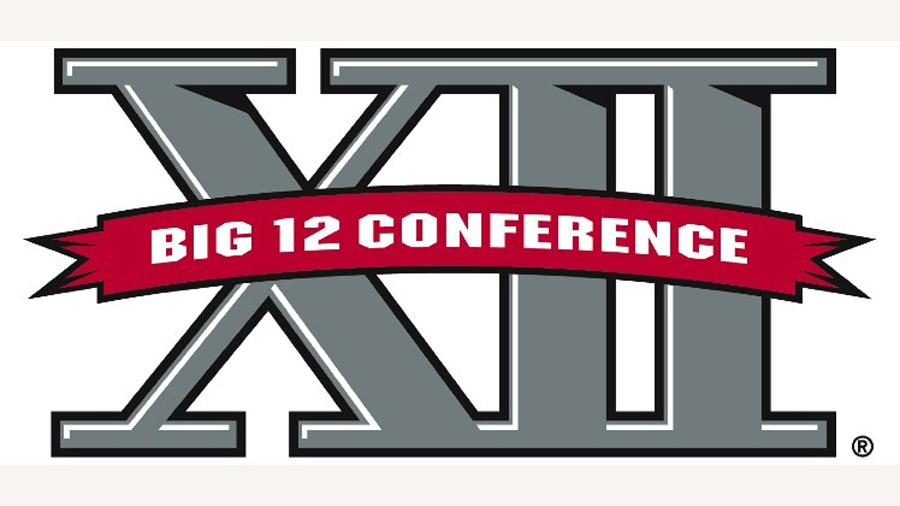The once mighty Big 12 now stands small
 It’s January 4, 2006. Vince Young takes the snap on 4th and 5 with 26 seconds left on the clock. He runs to his right and sneaks just inside the right pylon for the go-ahead score that would win Texas its first national championship in 35 years.
It’s January 4, 2006. Vince Young takes the snap on 4th and 5 with 26 seconds left on the clock. He runs to his right and sneaks just inside the right pylon for the go-ahead score that would win Texas its first national championship in 35 years.
It was the last flash of greatness we have seen from the Big 12.
Since then, we’ve seen seven years of SEC dominance, though the Big 12 sent Oklahoma and Texas to the national championship game in back to back years.
Now it seems the Big 12’s best can barely stand on their own two feet. Last year the conference went 4-4 in bowl games with its top two teams suffering losses to Oregon and Texas A&M.
This year is even less promising, given the lackluster early performances of Texas, Oklahoma, TCU and defending league champion Kansas State.
Oklahoma State, consensus favorite to win the conference championship, showed virtually no pass rush in yielding 28 points Saturday to UT San Antonio, a team in its third year of existence, barely a Division 1 school.
But things got much worse for OSU when Sports Illustrated informed the university it’s publishing a five-part series about a pay-for-big-plays scheme that involved its coaching staff.
At first it was assumed the scandal occurred before Mike Gundy became head coach in 2005, which might bring few repercussions. But the Oklahoman, a newspaper in Oklahoma City, reported that SI will accuse OSU assistant coach Joe DeForest of running a bonus program as recently as 2011. If the NCAA believes that, severe probation for the Cowboys seems certain.
Besides that, the near future of the conference is compromised by a dropoff in recruiting proficiency.
Four of the Big 12 (actually there are now only 10 schools total, math being not their best subject) reside in Texas, with the two Oklahoma schools bordering to the North. Each of these schools should draw the top talent from the area, but in recent years they have failed to do so.
The Big 12 has overlooked Texas recruits named Andrew Luck, Matthew Stafford and Nick Foles. All of these guys play on Sundays now.
The out-of-state recruiting hasn’t gone much better.
A recent embarrassment: “Famous Jameis” Winston, the freshman quarterback sensation of Florida State, is from Alabama but wanted to play for Texas. The Longhorn recruiters said they didn’t want him as a quarterback but could use him in the defensive secondary.
Closer to home, one of the best Texas recruits lately is Baker Mayfield, who played quarterback close to Mack Brown’s back yard, at Lake Travis High. Despite a strong arm, Mayfield was ignored by just about all the Big 12 schools. Only TCU and Texas Tech showed any interest, but neither offered a scholarship.
Mayfield went to Tech as a walk-on. It’s good he stayed in the Big 12, but why weren’t recruiters in his home state more interested? How could they not see talent here? As a freshman he ranks third in the nation in passing yardage, at 390 per game.
So for so many various reasons, one of college football’s most dominant conferences since its origin is dissolving right in front of us.
This is seen most vividly in the Longhorns, collapsing before Brigham Young. After a BYU player promised “domination” of Texas, that’s exactly what happened. The Horns allowed 550 yards rushing to a team known for passing the ball. No wonder Brown fired his defensive coordinator Manny Diaz the day after the 40-21 thrashing.
If present trends on the field – and off — continue, we could see a few more Big Twelve coaches lose their jobs.
